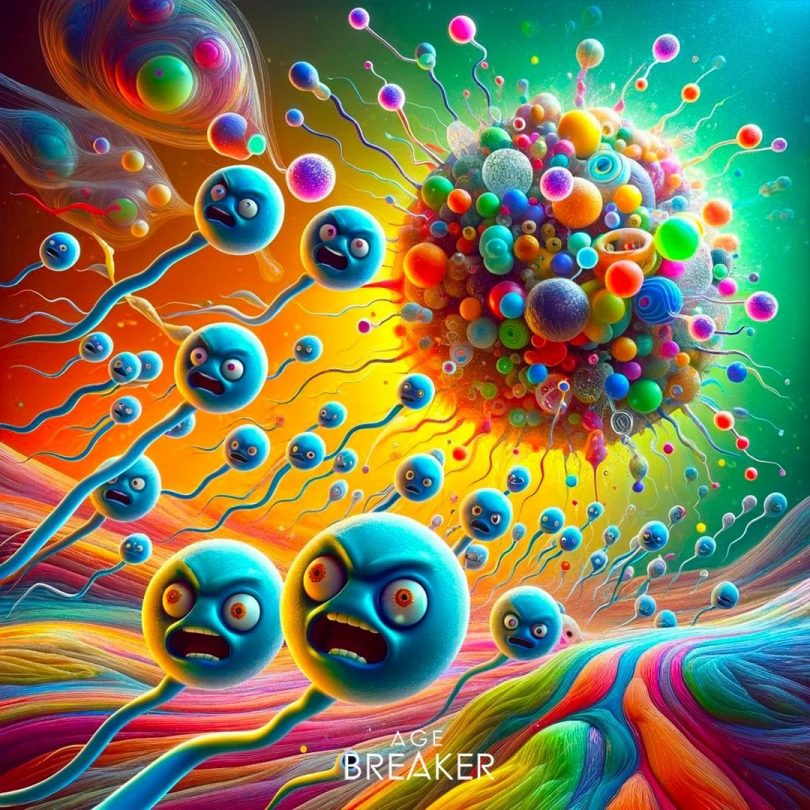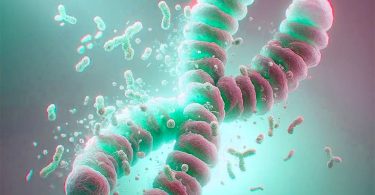Glycation has a negative influence on sperm function and reproductive potential.
Infertility, difficulty achieving pregnancy, is on the increase in Western countries, where it now affects 1 in 4 couples. It is an important marker of aging populations.
Spontaneously associated with women’s increasing age at childbearing, infertility is also the consequence of low sperm levels, whose concentration has halved over the last 50 years.
Studies show that glycation, a direct consequence of excessive sugar consumption, has a direct negative influence on sperm function and reproductive potential (1). What’s more, these studies come on top of those evoking the transgenerational effects of glycation on female reproduction (2).
The acceleration of infertility in recent years has made the fight against it a public health issue.
This fight cannot ignore male infertility, still a taboo subject, and over-consumption of sugar, already a major cause of age-related diseases.
© AGE Breaker 02 2024
[Glycation is one of the major causes of aging. Resulting from the fixation of sugars on the proteins constituting the organism, glycation generates toxic compounds that cause cellular aging. Glycation is particularly involved in metabolic disorders, skin aging and cognitive decline.] [AGE BREAKER, patented nutritional supplements, based on rosmarinic acid, recognized by aging specialists around the world for their properties to reverse the effects of glycation.]More on www.agebreaker.com
#agebreaker #glycation #antiaging #longevitymedicine #preventivemedicine #preventivehealth #skinaging #4pmedicine #advancedglycationendproducts
1 : Z. Darmishonnejad et Al. Effects of acute exposure to methylglyoxal or/and a diet rich in advanced glycation end products on sperm parameters. International Journal of Fertility and Sterility, (2023). doi: 10.22074/ijfs.2023.2005832.1485.
2 : M. Mouanness et Al. Impact of Dietary Advanced Glycation End Products on Female Reproduction: Review of Potential Mechanistic Pathways Nutrients. 2022 Feb 24;14(5):966.
doi: 10.3390/nu14050966.









